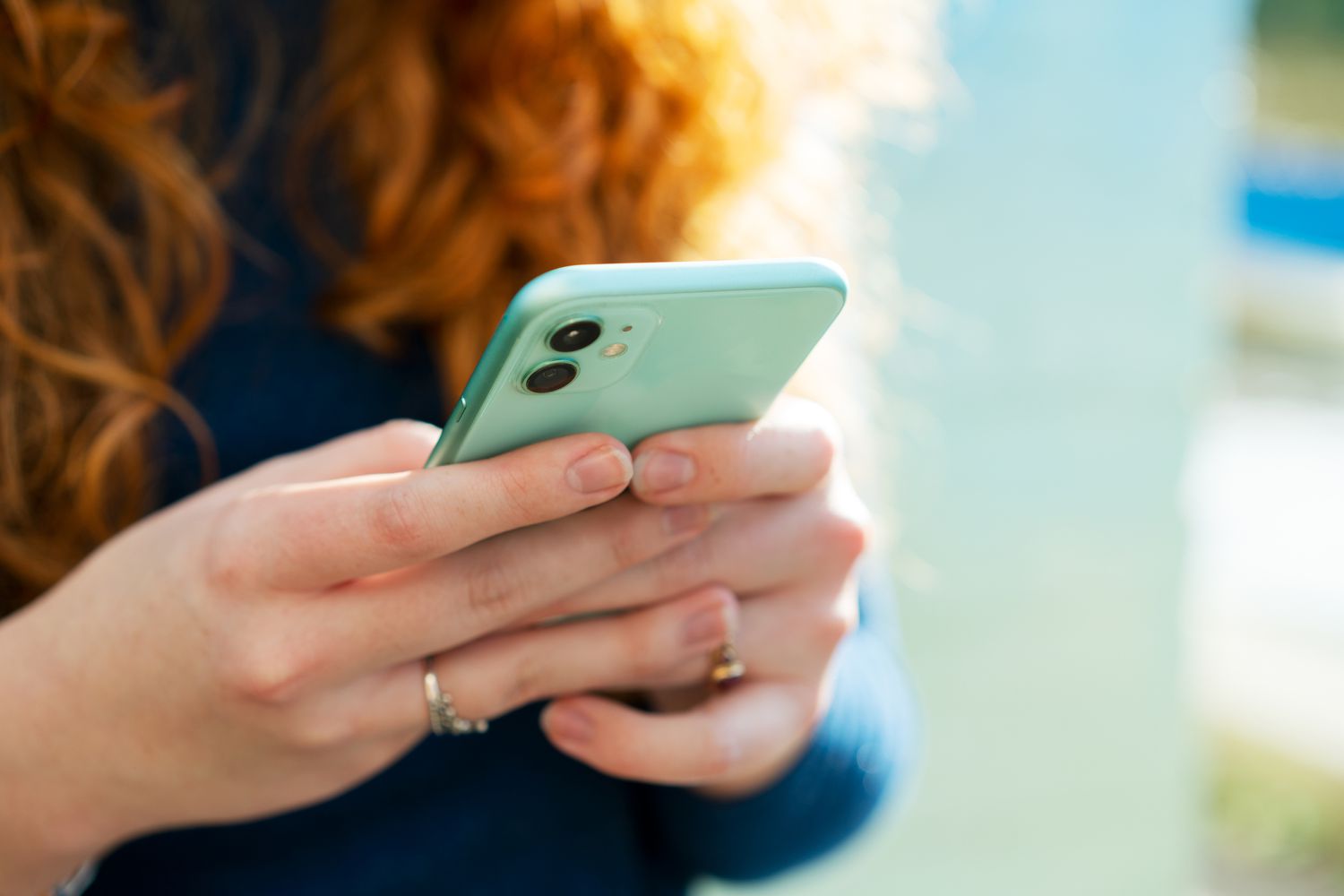
Understanding the Basics
Before diving into troubleshooting, it's important to grasp the fundamental differences between iMessage and SMS/MMS. iMessage, developed by Apple, allows users to send messages, photos, videos, contacts, and more between Apple devices using the internet. These messages appear as blue bubbles in the Messages app. In contrast, SMS (Short Message Service) and MMS (Multimedia Messaging Service) are standard protocols for sending text and multimedia messages between any device, including Android and iPhones. These messages are identified by green bubbles in the Messages app.
Common Issues
-
iMessage Interference
- iMessage can sometimes interfere with SMS/MMS messages, especially if the recipient's number remains registered with iMessage. This can cause Android devices to not receive texts sent from iPhones.
-
Software Updates
- Software updates can introduce new bugs or change settings that affect messaging functionality. For example, some users have reported issues after updating to iOS 17.1.1.
-
Network Settings
- Network settings play a crucial role in ensuring text messages are delivered correctly. Issues with network settings or connectivity can prevent messages from being sent or received.
-
Third-Party Apps
- The use of third-party messaging apps can sometimes cause compatibility issues. Disabling RCS (Rich Communication Services) messaging can resolve problems related to messaging between Android and iPhone devices.
Troubleshooting Steps
1. Check iMessage Settings
If experiencing issues with sending texts to Android devices, iMessage might be interfering with your ability to send SMS/MMS messages. Here’s how to check and adjust iMessage settings:
- Go to Settings > Messages.
- Turn off iMessage if enabled.
- Go to Settings > Messages > Send & Receive.
- Select the option that allows receiving SMS/MMS messages.
Turning off iMessage ensures that your iPhone will use standard SMS/MMS protocols, compatible with Android devices.
2. Deregister from iMessage
If the recipient's number remains registered with iMessage, it may prevent Android devices from receiving texts sent from iPhones. Here’s how to deregister a number from iMessage:
- Visit the Apple Support website.
- Go to the iMessage Deregistration page.
- Enter your phone number and follow the instructions to deregister it from iMessage.
3. Clear Texting App Cache
Clearing the cache of your texting app can sometimes resolve issues related to message delivery. Here’s how to do it:
- Open the Settings app.
- Go to Apps > Messages (or the name of your texting app).
- Select Storage > Clear Cache.
This step helps in removing temporary data that might be causing the issue.
4. Add a "1" Before the Area Code
Sometimes, adding a "1" before the area code can help in sending international texts correctly. Here’s how to do it:
- Enter the number with a "1" before the area code, e.g., +1 123-456-7890.
- Use the full international dialing format, including country code, if the recipient is outside the US.
5. Network Reset
Performing a network reset can help in resolving connectivity issues that might be preventing messages from being sent or received. Here’s how to do it:
- Go to Settings > General > Transfer or Reset iPhone > Reset > Reset Network Settings.
- Confirm that you want to reset network settings.
This step will reset all network settings to their default values, which can help in resolving connectivity issues.
6. Ensure Software Updates
Make sure that both your iPhone and Android device are running the latest software updates. Sometimes, bugs in older software versions can cause compatibility issues with messaging apps.
- Go to Settings > General > Software Update on your iPhone.
- Check for updates and install them if available.
Similarly, ensure that your Android device is running the latest version of its operating system and messaging app.
7. Disable RCS Messaging
RCS (Rich Communication Services) messaging is a feature that allows for more advanced messaging capabilities, including group chats and file sharing. However, it can sometimes cause compatibility issues between Android and iPhone devices. Here’s how to disable RCS messaging:
- Open the Google Messages app (if you use it).
- Go to Settings > Advanced > Chat features.
- Disable RCS messaging.
Alternatively, if using a third-party messaging app like Textra, disable RCS features within that app as well.
8. Contact Carrier Support
If none of the above steps resolve the issue, contacting your carrier's support team for further assistance may be necessary. They may need to perform network settings adjustments or other troubleshooting steps specific to their network.
By following these troubleshooting steps, you should be able to resolve most common issues related to sending and receiving text messages between Android and iPhone devices. Ensuring seamless communication between your Android and iPhone devices makes it easier to stay connected with friends and family across different platforms.
